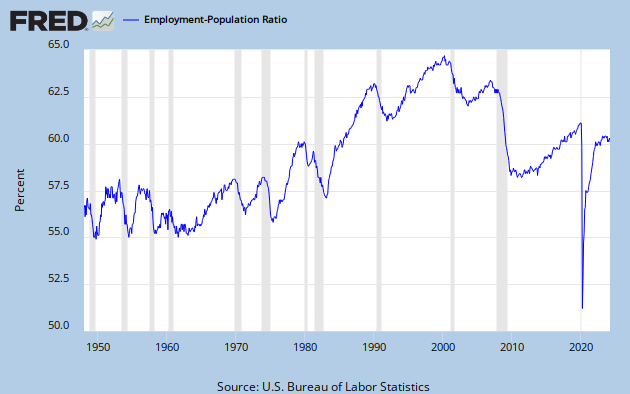Neubarth
At the Ballpark July 30th
As I see it, not having studied one semester of any Economics class in College, as long as the FED can raise and lower the Overnight Interest rate they effectively indirectly control the direction of the commercial short term interest rates.With regard to the manipulation of markets by elite players, government and private, if it's true in normal times the Fed and not the "free" market determines the short-term interest rate, does it follow that the key price in our economy is centrally planned and administered?

